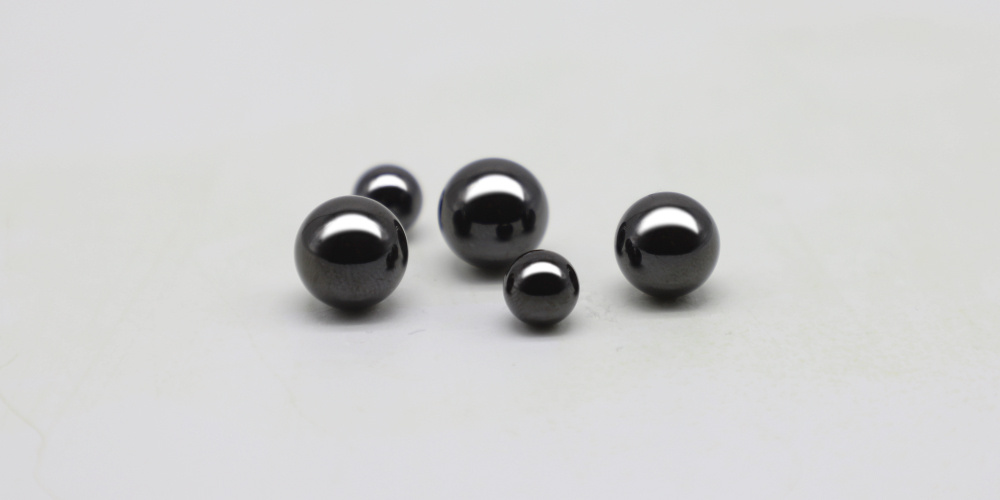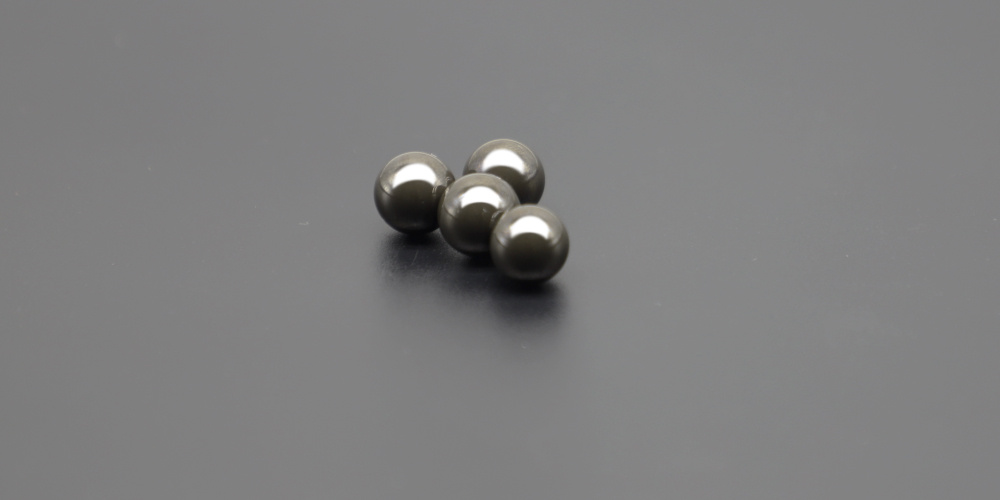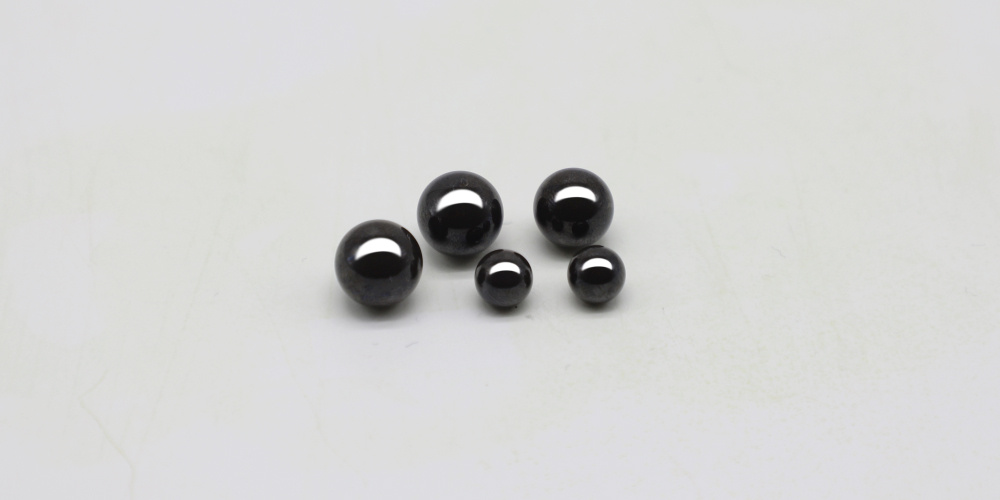1. Physical
Properties |
Elastic Modulus |
Bend Resonance Method |
298 ~ 318 [GPa] |
n=1 / Material Intrinsic Value (not routinely measured)
c = 0 |
| Poisson's ratio |
0.28 ~ 0.30 |
| Coefficient of Thermal Expansion |
Optical Interferometry |
2.9 ~ 3.2 [x10-6/deg c] |
| Thermal Conductivity |
Laser Flash Method |
18 ~ 25 [w/mk] |
| Constituent Phase |
X-ray Diffraction Method Cu K α |
No residual alpha phase peak |
2. Mechanical
Properties |
Density |
Archimedes's Method |
3.22 ~ 3.26 [Mg/m3] |
n=5 / Manufacturing lot
c = 0 |
| Hardness |
Vicker's Method 196, 1N - 30sec, (ASTM F 2094) |
1400 ~ 1750 [HV] |
n=3 / Manufacturing lot
c = 0 |
| Rupture Strength |
3-point Bending Test (J|S R1601) |
Min.735 [MPa] |
n=20 / Material lot (powder lot) |
| Toughness |
|F Method 196, 1N - 30sec, (ASTM F 2094) |
6 ~ 8 [MPa·m1/2] |
n=3 / Manufacturing lot
c = 0 |
| 3. Internal Defect |
Metallograph x200 |
To not have following inside (cross section) of blanks
- Inclusions over average diameter of 15um (excluding sintering additive element)
- Voids over average diamante of 10um
- White or Black Color discoloration : Less than half of Grinding Allowance
|
n=5 / Manufacturing lot * In case the shipment qty is 1kp or less, n=3 / Manufacturing lot
c = 0 |
| 4. Crack |
Fluorescent Penetrant Test (Visual inspection under UV lamp after immersion to fluorescent penetrant washing and drying) |
No Crack |
One Hundred Percent Inspection |
| 5. Appearance |
Visual Check / Boundary Sample (Depth of chipping and height of protrusion on boundary sample will be produced by using depth of focus method of metallograph,) |
- Chipping/dent : Depth of less than 0.15mm (Length and Width will be allowed)
- Protrusion : Height of less than 0.20mm (Length and Width will be allowed)
- Attachment of foreign particles : will be allowed
- Foreign substance on surface : will be allowed
- Roughing of surface : Same as chipping/protrusion
- Color unevenness : will be allowed
- Die Mark : Same as chipping/protrusion
|
One Hundred Percent Inspection |
| 6. Dimension |
Micrometer |
![]() Equator Band Diameter (Diagonal diameter of equator band to be not subject of specification)
Equator Band Diameter (Diagonal diameter of equator band to be not subject of specification)
|
Diameter variation 0.15mm (~3/8")
0.20mm (13/32" ~)
n=5 / Manufacturing lot
c = 0 |





Material Lot
Silicon Nitride powder lot that can assure uniformity of material characteristicManufacturing Lot
Dispatch lot that can assure uniformity of manufacturing record